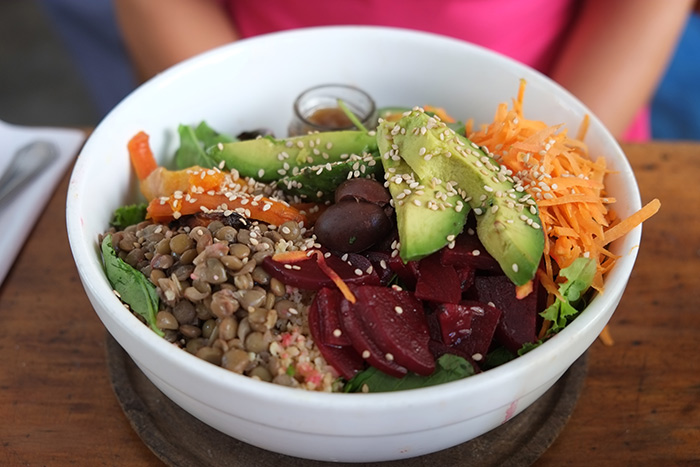
Let’s talk about food! Everyone wants to know, “what should I be eating?” In this modern age, everywhere you turn there is a new eating plan/ diet out there at is supposed to change your life, help you lose weight and get the energy back that you are lacking. It’s confusing! How are you supposed to decide what to eat? Well, it’s a complicated answer, because the truth is, there is no one diet for everyone. Everyone has individual needs depending on many factors, such as: where they live, how old they are, their constitution, genetics, activity level, and so much more! Not only that, but throughout your life, your eating needs will change.
Don’t let this discourage you. Instead, it’s time to take charge of your health, get into the drivers seat, and listen to your body. Do you pay attention to how you feel after you eat a certain food? After a certain meal? Start paying attention. Experiment. Eliminate a food group, and notice if you feel better. Try adding something in, and observe your body. You are the only one that can truly know how a eating plan is affecting your body and your health, so pay attention!
One great way to learn if there are certain foods that your body is not doing well with, is to try the elimination diet plan for a few weeks. Many integrative doctors are suggesting trying this protocol, over blood tests, to see if you have certain food intolerances and sensitivities. Unlike a major food allergy that causes hives, rashes or your throat to swell up, food sensitivities can be very subtle. You might have gas, bloating, fatigue or other minor, “everyday”, symptoms, that are slowing causing havoc in your body. Eating these foods constantly can cause inflammation and an upset gut. No fun. When you follow the elimination diet, you will be able to discover for yourself if there are certain foods that you should be avoiding or eating less of.

How the Elimination Diet Works
There are many different variations of the elimination diet. This is one I suggest that is not as extreme but will still give you great insight into your food sensitivities. Start by eliminating the foods, listed below, for two weeks.
What to avoid:
Dairy
Gluten
Citrus Fruits
Eggs
Soy
Shellfish
Extras (if you want to spend more time): Nightshades (eggplant, tomatoes, potatoes), tree nuts and fish.
What to eat:
A rainbow of fresh vegetables
Fruits
Beans and Legumes
Coconut, Almond, Hemp Milks
Fish, Meat
Nuts, Seeds including chia and hemp seeds
Rice, Quinoa, Buckwheat, Millet
Reintroduction
After two weeks, introduce the foods groups in, one at a time, starting with whatever you choose. Eat the food group for a meal a two. If, for example you are adding in dairy, eat yogurt with breakfast and cheese at lunch. Then stop eating the food and see how you feel for the next 48 hours. Pay close attention to your body. Do you notice bloating, headaches, poop changes, sleep changes, etc.? After the 48 hours are up, move onto the next food group. Continue this way until you have added in all of the foods you desire to test. After all the groups have been tested, you should know if some of the foods cause some discomfort in your body. In this case, I recommend eating less or eliminating these foods. You can always add them in later and see how you are feeling. Sometimes the body just needs a break.
Note: You can also just eliminate one food group at a time. It takes longer, but will be easier.
Confused? Want help? Head over to my contact page and ask any questions!
This is a great resource I found, with a smart idea to break up the stages.
Leave a Reply